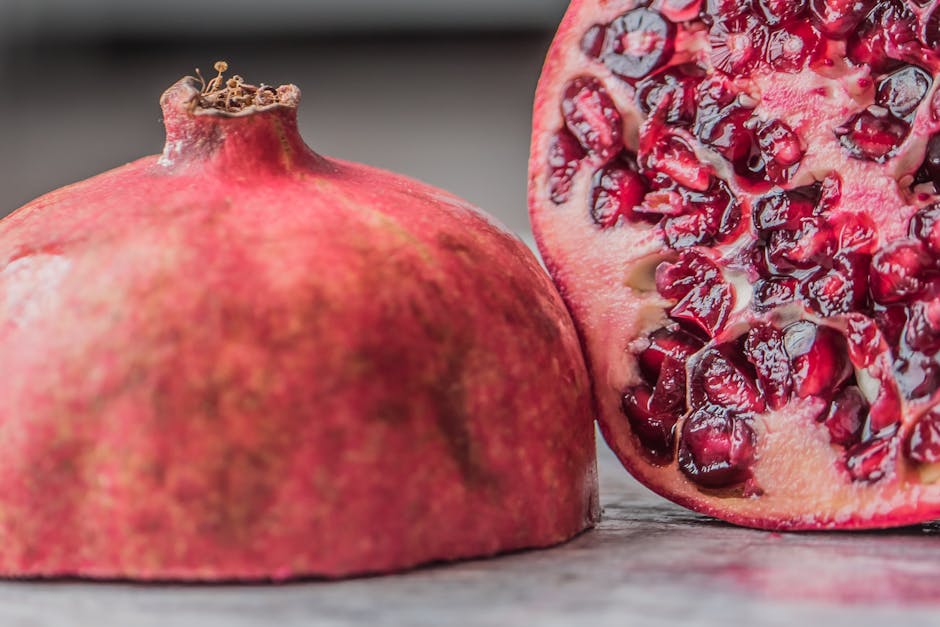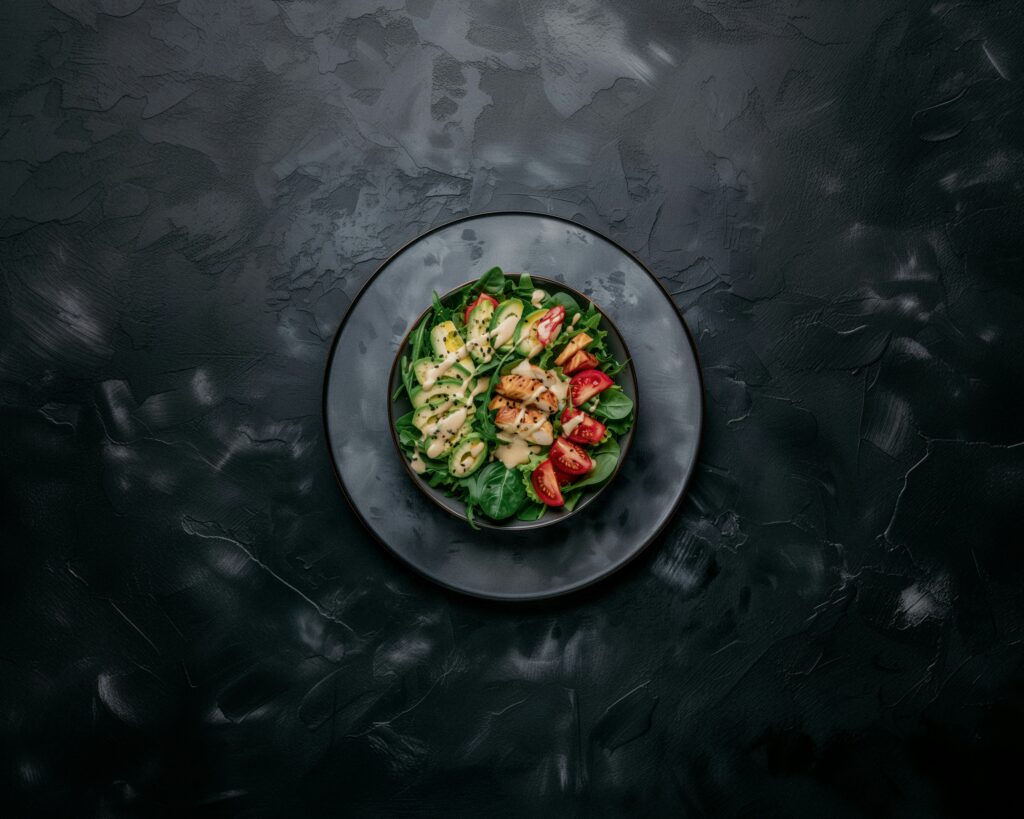Introduction: The Food Landscape Is Shifting
2023 has been a pressure cooker of change in the food world. Global palates are evolving fast—and so is what we expect from our kitchens. Consumers are pushing the industry forward, demanding food that’s bolder in flavor and cleaner in sourcing. The days of bland, packaged convenience are fading. Instead, there’s a rising appetite for meals that say something—about values, cultures, and even the planet.
Food’s no longer just about fuel. It’s a lens for bigger conversations: climate change, wellness, identity, tech. Whether it’s a mushroom-based steak, zero-waste dinner kits, or story-driven TikTok recipe reels, the lines between what we eat and what we stand for are blending fast.
This is the new kitchen frontier—equal parts tradition and innovation. For anyone working with food, watching trends isn’t optional. It’s survival.
Trend 1: Plant-Based 2.0
Meatless burgers got their moment, but the plant-based movement is shifting focus. 2023 is seeing a sharp rise in alternatives that go far beyond patties—think plant-based salmon filets, egg replacers that actually scramble, and oat or pea-based cheeses that can melt and stretch.
What’s changed? Taste and texture. That chalky aftertaste and rubbery bite are being engineered out, thanks to rapid innovation in food tech. These products aren’t just marketing hype anymore—they’re good, and they’re winning over not just vegans, but the growing tribe of flexitarians.
This middle ground is where the real growth is. Consumers aren’t cutting out animal products cold turkey—they’re picking spots. Swapping dairy milk for oat in the morning, choosing jackfruit tacos instead of pork at lunch. It’s less about labels and more about conscious eating without hard rules. That mindset is powering the next generation of plant-based foods—and it’s only getting more refined from here.
Trend 2: Global Flavors Go Hyper-Regional
The days of lumping entire continents into generalized food categories are ending. It’s no longer enough to say “Asian-inspired”—audiences and eaters want specifics. People are chasing real stories, real dishes. Content that highlights Shan noodles from Myanmar or a homemade Gujarati thali is pulling more weight than vague fusion plates.
African, South American, and Southeast Asian cuisines are finally finding substantial attention on global screens. From pungent West African stews to Peruvian street carts and Bornean jungle snacks, creators are going deep—not wide. That depth is winning views, followers, and brand interest.
TikTok and street food vlogs are helping drive this movement. A phone and a walk through a noisy, fragrant market is often more compelling than a polished cooking show. Viewers want the crunch, the spice, the sizzle—straight from the source. Vloggers who know the names, the history, and the locals behind the plate are the ones keeping audiences hooked.
Trend 3: Functional Foods Take Center Stage
Functional foods are no longer a fringe interest—they’re redefining what we expect from everyday eating. In 2023, food is doing more than just fueling us; it’s actively supporting cognitive, emotional, and digestive health.
Wellness at the Ingredient Level
Consumers are looking for ingredients with benefits that go beyond flavor or satiety. Wellness-boosting food compounds are becoming household staples:
- Adaptogens like ashwagandha and reishi are being infused into teas, snacks, and daily meals to help regulate stress and support energy levels.
- Nootropics such as L-theanine and lion’s mane are appearing in beverages and protein bars promising mental clarity and focus.
- Probiotics and fermented foods—think kimchi, kefir, miso—are part of routine diets for gut health.
Sip Your Supplements
The drink aisle is leading the revolution. Beverages are being reimagined as wellness delivery systems:
- Sparkling waters infused with magnesium or adaptogens
- Functional coffees designed to promote focus or relaxation
- Smoothies and juices tailored for immune support or digestion
Mindfulness Meets Meal Planning
Wellness is no longer reserved for weekend rituals. Functional foods are helping people weave healthier choices into daily life:
- Consumers are prioritizing mindful snacking and purposeful meal prep
- Labels like “brain fuel,” “calm energy,” or “mood support” are influencing buying decisions
- The connection between what we eat and how we feel is becoming a shared cultural understanding
In 2023, functional eating isn’t about drastic overhauls—it’s about integrating small, functional upgrades into everything from breakfast to bedtime.
Trend 4: Low-Waste and Zero-Waste Cooking
As sustainability expectations rise among consumers, low-waste cooking is transforming from a niche practice into a defining value in modern kitchens. The shift goes beyond buzzwords—it’s about rethinking how food is used from start to finish.
Making Every Bite Count
Restaurants, home cooks, and food creators are embracing full-use cooking techniques that celebrate the entire ingredient:
- Root-to-stem: Carrot tops become pesto, broccoli stems get shredded into slaws
- Nose-to-tail: Lesser-known cuts and offal are being reimagined with gourmet flair
- Scrap-based meals: Citrus peels, bread ends, and veggie trimmings find new lives in syrups, stocks, and sauces
Upcycled Ingredients Go Mainstream
Once a novelty, upcycled foods are making their way into national grocery chains and upscale restaurant menus alike. Brands are finding creative ways to turn food waste into high-quality products:
- Crackers made from spent grain
- Condiments crafted with fruit pulp or coffee grounds
- Protein snacks using leftover produce
From Talk to Tangible Impact
The conversation around sustainability is no longer just marketing—it’s becoming measurable. Consumers are asking, “What are you doing to reduce actual waste?”
- Brands are disclosing waste reduction metrics
- Carbon labels help buyers make informed decisions
- Chefs highlight zero-waste principles as part of their culinary storytelling
In 2023, low-waste cooking isn’t just ethical—it’s innovative, inspiring, and increasingly expected.
Trend 5: Tech-Driven Dining
Food meets code, and it’s changing everything from how we plan meals to how we cook them. AI is now at the center of recipe development, crunching flavor profiles, dietary needs, and kitchen hacks into tools both home cooks and professional chefs can use. AI-generated meal suggestions that consider what’s already in your fridge? That’s not future talk—it’s in your pocket today.
Delivery gets smarter, too. Algorithms are shaving time off logistics and bringing personalized meals to your door. Meanwhile, smart kitchens are inching toward standard. Fridges that track inventory, appliances that sync with apps, and voice-operated assistants mean you can handle meal prep without lifting a finger—or at least not many.
Content creation isn’t standing still either. Virtual cooking classes, hosted by creators with serious followings, are building global foodie communities. Whether it’s a sourdough series or a deep dive into West African stews, the kitchen is now a studio—and your audience might just stretch from your neighbor to someone halfway across the globe.
Want a closer look at how food tech is reshaping the kitchen? Read the latest roundup here: Monthly Recap: Latest Developments in the Culinary World
Trend 6: Bold Heat Levels and Dynamic Flavor Fusion
Spice used to be a personal preference. Now, it’s expected. From mainstream menus to indie recipes, heat isn’t just tolerated—it’s the starting point. Habanero, ghost pepper, and Sichuan oil are no longer red-flag ingredients; they’re headliners.
What’s more interesting is how these heat levels are being paired. It’s not just about burning the tongue anymore. Think habanero-honey chicken, wasabi drizzled over maple-roasted nuts, and chili folded into dark chocolate ganache. The goal is complexity—not intensity.
This trend doesn’t need a 15-step recipe to work. Simplicity still rules, but it’s smart simplicity: layered, surprising, and clean. Vloggers, chefs, and home cooks are dialing into that balance. They’re showing that heat with nuance goes further than heat for shock value. In 2023, if your dish doesn’t tingle a little, it might just fall flat.
Trend 7: The Return of Homemade Craft
The home kitchen has become more than a cooking space—it’s a proving ground. Driven by equal parts curiosity and necessity, more people are leaning into traditional methods with a modern twist. Sourdough is back in rotation, but with next-level finesse. Fermentation is having a full-blown moment, not just in kombucha, but in kimchi, miso, and home-brewed vinegars. Windowsills are dotted with herb jars, and people are finally figuring out how to keep basil alive.
DIY food kits have been rising fast too. From ramen broth concentrates to small-batch cheese starters, the options make it easy to get experimental without being overwhelmed. These aren’t just hobbies—they’re tactile ways to disconnect from screen life and reconnect with real textures, smells, and slow processes.
What’s clear is that people want more than quick bites. There’s a deeper appetite for hands-on creation, where the ritual matters as much as the result. Convenience still sells, but connection is what sticks.
Final Thoughts: What These Trends Say About Us
Food culture in 2023 isn’t just about what’s on the plate—it’s about who we are and what we stand for. Consumers have raised their standards. They’re reading labels, asking questions, and caring more about where food comes from, how it’s made, and what it stands for.
Trends this year reflect more than craving and convenience. They mirror tech leaps, cultural nuance, and deeper personal priorities—from mental wellness to sustainability. Whether it’s cooking with zero waste or blending global flavors with punchy spice, the through-line is intention. People want their meals to do more than taste good. They want them to mean something.
Flavor is purpose-driven now. That’s not just a niche market thing—it’s a global shift. The best food experiences in 2023 spark connection, curiosity, and a bit of accountability.
Stay up to date with ongoing culinary insights: Monthly Recap – Latest Developments in the Culinary World


 Jennifera is passionate about sharing culinary stories that blend tradition with innovation. At FoodHypeSaga she creates engaging articles that inspire readers to discover new dining experiences and food movements.
Jennifera is passionate about sharing culinary stories that blend tradition with innovation. At FoodHypeSaga she creates engaging articles that inspire readers to discover new dining experiences and food movements.

